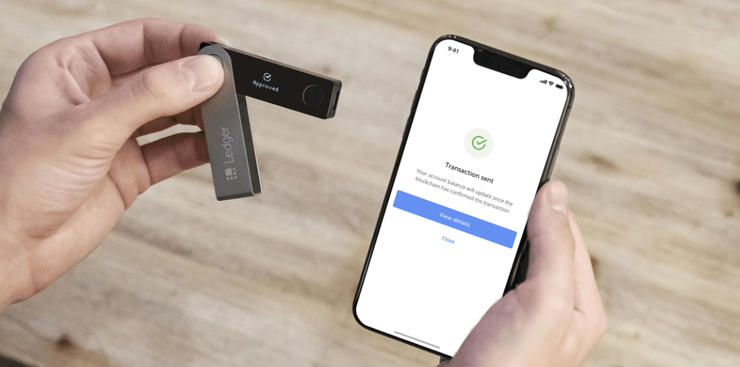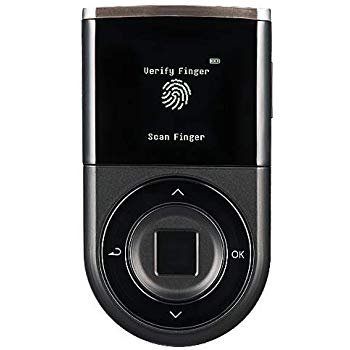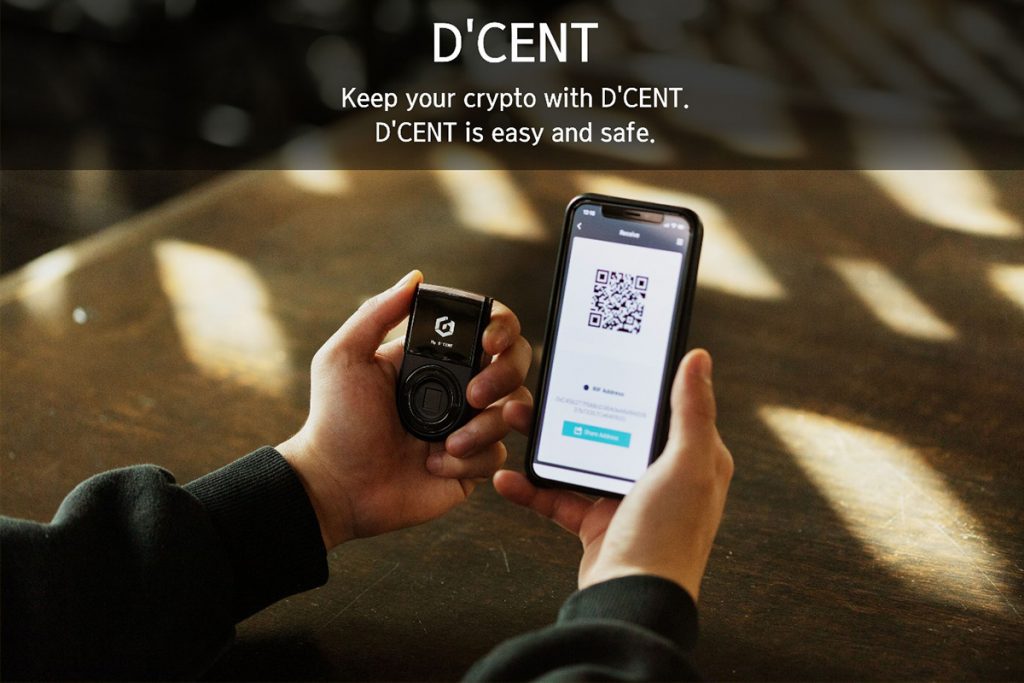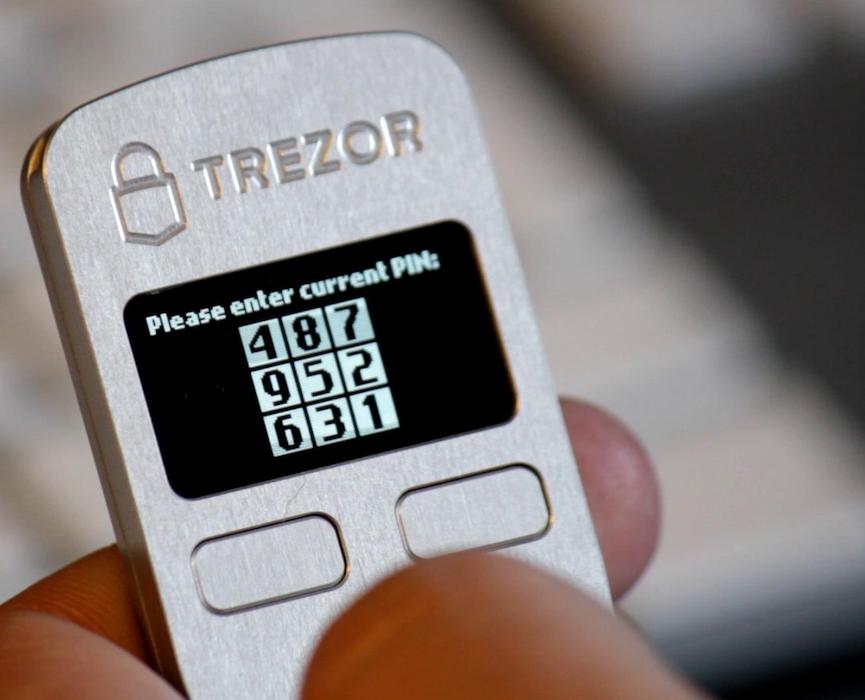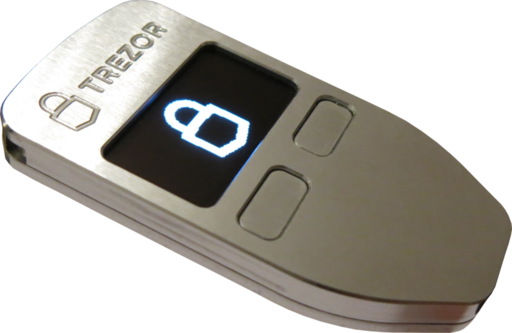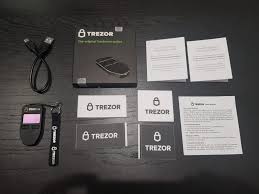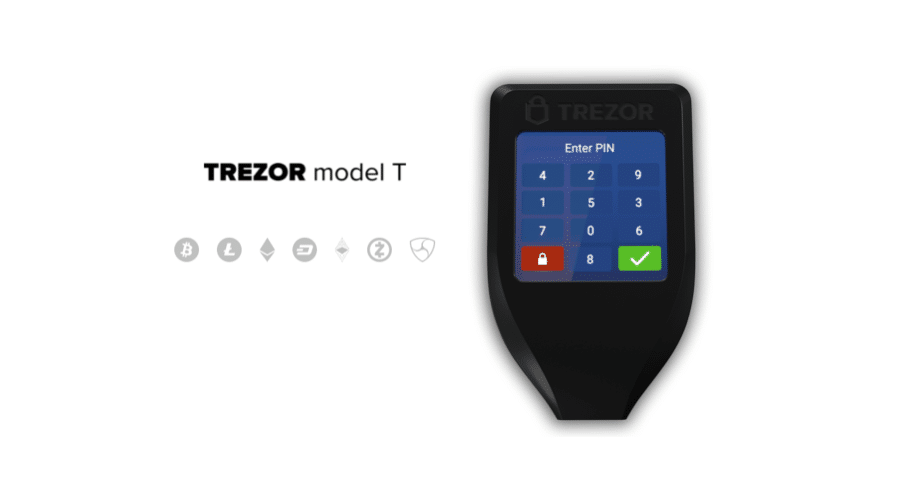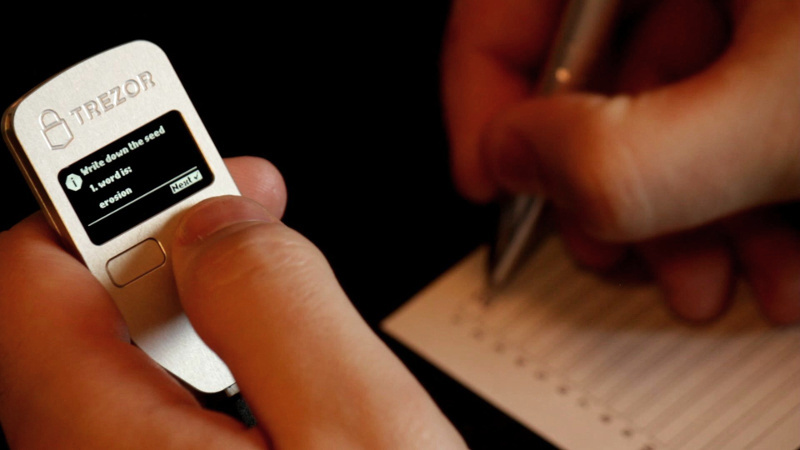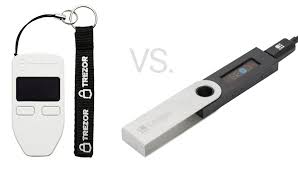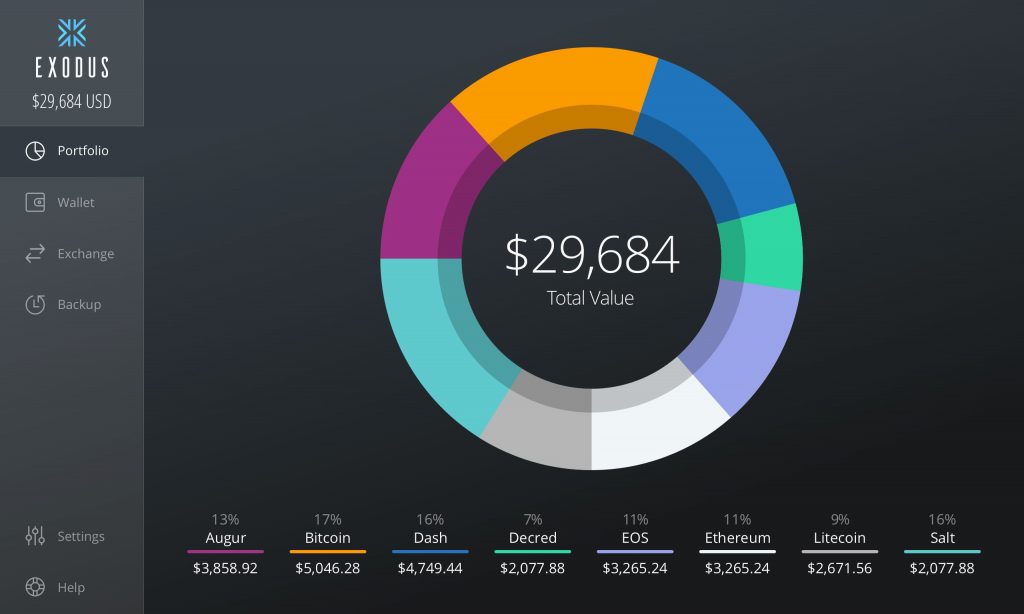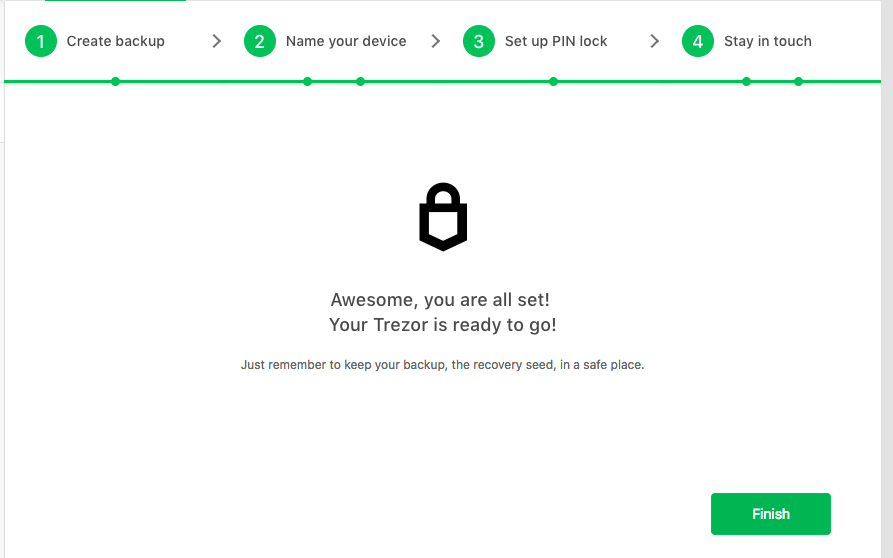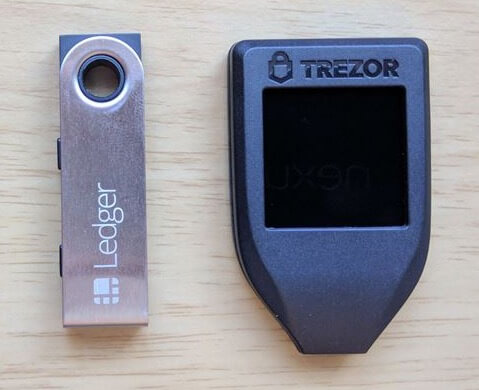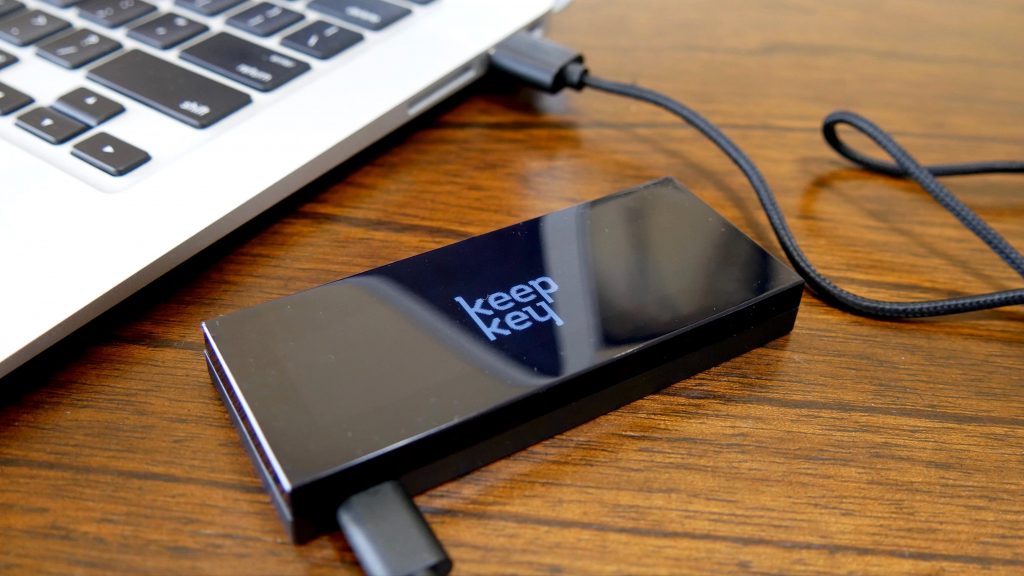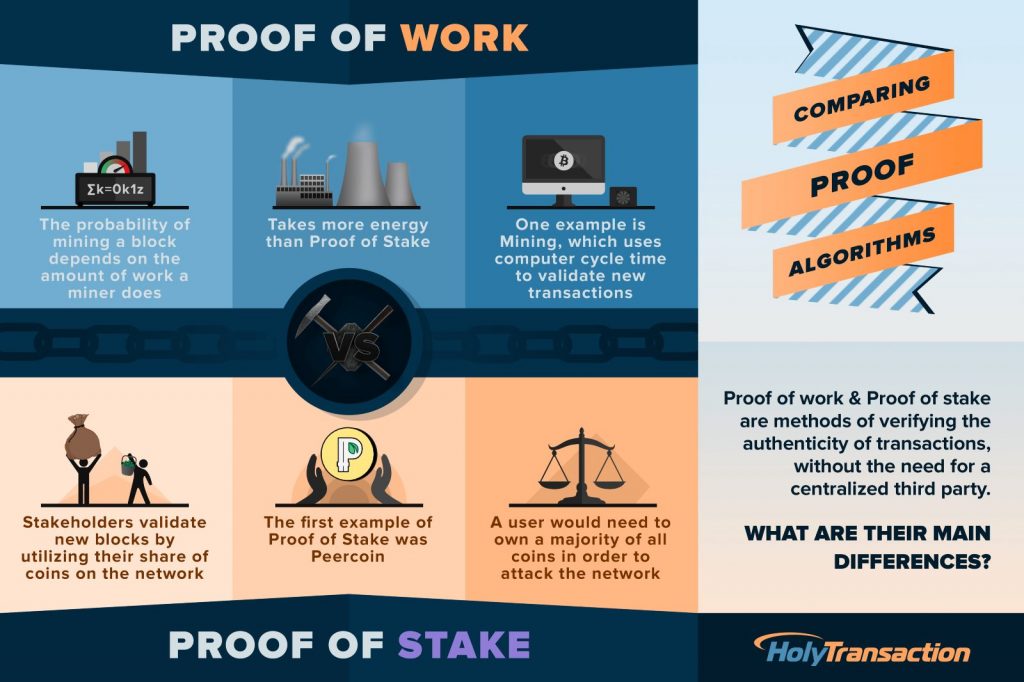D’CENT vs Ledger Nano X! In this comparison, we are going to do a head-to-head of two of the most competitive and popular new cryptocurrency hardware wallets in this edition of the hardware wallet roundups.
I am going to dive into which of these bluetooth hardware wallets is better and more secure. How big is your portfolio? Do you need mobile AND desktop support? Do you use any 3rd party wallets for integration? Do you need web-based access instead of a required download?
These are all questions you will need to consider when deciding which of these wallets will be best for you. At the end of the day, the coin support is one of the most important factors (besides security) when deciding which hardware wallet is best for you.
Ultimately, if it doesn’t support the coins you want to store offline, it won’t work for your particular situation. So keep that in mind as we dive into what I consider to be the most important factors when making such an important decision, such as choosing a cryptocurrency hardware wallet.
Ledger Nano X: Overview
The Nano X comes beautifully packaged with the device itself, a USB-C cable, a set of instructions and recovery seed cards. The previous bulky buttons that were on top of the device are now seamlessly integrated on it in a way that’s even a bit hard to notice. All in all a beautiful design. The primary features of this device are the bluetooth connection which allows you to manage this device using your smartphone via the iOS and Android app.
Additionally, you can now hodl, store, or manage up to 100 cryptos simultaneously, all without access to your desktop or laptop computer. This is easily it’s best new features, but aside from the upgraded storage capacity and the wireless connectivity, the device itself is now larger, has an integrated 2-function button, and an overall larger screen for verifying transactions. With a trusted device and a more universal charging cable, this makes it much more compelling to spend the extra money to store more coins and one that you can easily take with you as you travel.
Ledger Nano X: Security
Ledger is at the forefront of developing the industry’s device security. How? And in what ways?
CC EAL5+ SECURE ELEMENT
Only Ledger’s devices can claim the French cybersecurity agency ANSSI’s full certification.
The Nano X and Nano S both feature what is called a ‘secure element’. The chip seen below is the next generation chip that comes in the Nano X:
The secure chip meets the CC EAL5+ certification and run’s Ledger’s proprietary BOLOS operating system.
A Secure Element is a secure chip that…embeds intrinsic countermeasures against many known attacks. This kind of chip is tamper-resistant and protects your device to a range of different attacks.”
Ledger Nano X: Coin Support
The Ledger Nano X utilizes the “Ledger Live” dashboard which is a desktop application that allows you to manage all of your coins, portfolio, and potential trades in an easy to use application. You can use this on both an iOS or Android app as well as a desktop.
This app allows you to manage up to 1,100 coins that are supported by the device. However, only about 200 of them are “native” apps. This means that you can manage them directly within the Ledger Live app, without having to connect to a 3rd party wallet, such as MyEtherWallet or MyCrypto. I will leave a link HERE with a list of fully supported coins.
Ledger Nano X: User Experience
Honestly, the user experience is a massive upgrade from the Ledger Nano S. With that said, It has a few usability issues that I find to be quite difficult to overcome. Although this device is physically larger than its predecessor, it still has a fairly difficult to use early experience.
For example, the screen is still fairly small and still cannot accommodate a QR code for scanning. This may not seem like a big deal, but after using several hardware wallets, it really does make a big difference. Using a QR code is not only safer (because it removes the chance of error from manually typing in a wallet address), but it is incredibly faster and makes the entire of transacting offline, a much easier experience.
Although this device has stepped up the quality considerably from it’s latest iteration, I still feel that utilizing an all new form factor could have been beneficial and a little more innovative than replicating their 1st generation device with a few small tweaks.
D’CENT Wallet: Overview
The D’CENT is a mobile and bluetooth connected wireless hardware wallet device. With additional biometric security and the ease of use, this is a contender for the easiest to use mobile and wireless wallet. So how is it different than Ledger Nano X or other bluetooth devices? The Biometric security is a large differentiator here. It’s super convenient and makes it easy to sign and authenticate transactions on the go.
This means if you want to move your crypto from cold storage to a hot wallet, it can be done quickly and easily. A common scenario here would be if you are trying to pay a friend or you’re shopping and want to pay for a product in store very seamlessly. Let’s take a look at the security, features, and price below to go into a little more detail.
D’CENT: Security
The flagship feature of D’CENT is hands down the biometric security feature of the fingerprint sensor. There are some other hardware wallets that communicate with mobile, and can utilize Face ID or Touch ID for extra authentication with their mobile app, but this gives your authentication on the physical device as well. This is a unique and very secure feature that is not used by any other hardware wallet currently on the market.
The hardware wallet features a built-in fingerprint scanner that manages access to the hardware wallet. This security process improves the convenience for the users and enhances the security during access control. It also provides the wallet with fast transaction signing.
- Multi-IC architecture design
- Bank grade EAL 5+ Secure Element (This is the same security chip used in the Ledger Nano X)
- Secure OS embedded on microprocessor
D’CENT: Coin Support
The coin support is varied. The D’CENT can store and support Bitcoin, Ethereum, ERC20 tokens, RSK, RRC20 (RSK tokens), Ripple (XRP), and MONACOIN. To many, this may not seem like it is very much, however, a majority of the major tokens are ERC-20 tokens and all can be supported natively on this device, which is good. I have not come across a hardware wallet yet that supports RSK and RRC20 tokens yet natively, so that definitely makes this an exclusive hardware wallet first for the D’CENT wallet!
D’CENT: User Experience
One of the main features I like here is the option to generate a valid QR code on the large OLED screen of this device as a way to send funds directly from your smartphone to your D’CENT wallet. This is super convenient and truly makes this a wireless and independent device that can be used on the go via the D’CENT app, which also includes a market price section and of course all of your wallets and current fiat amount stored within each one.
What’s also nice is you no longer need to backup and restore this device for firmware upgrades like you do with other devices (although you can, since this device can also support bluetooth and USB connectivity if you choose). This makes this a very convenient choice when considering the ease of use and security when choosing how to secure your private keys.
D’CENT vs Ledger Nano X: Conclusion
Truth be told, these hardware wallets each have their own unique selling points (as you’ve seen above). It really depends on your situation. For example, if I only wanted to “HODL” the main market cap coins and wasn’t looking to build an expansive portfolio, I would choose the D’CENT wallet.
Why? Because the user experience in form factor is better (in my opinion) for ease of use, and overall security and the fingerprint authenticator gives me peace of mind. The Ledger Nano X is a solid device with a great track record and a trusted development team behind them. However, the screen size is not much bigger than their 1st generation device, and the form factor and user experience is much the same.
Overall, if I had to choose between these devices, it would really depend on which coins and the number of coins I needed to hold securely offline. They are both very high quality and fun devices in their own unique way. Having a bluetooth and wireless hardware wallet is really convenient and provides users a way to start using their hardware wallets in real-world scenarios. However, having that extra biometric security is really a game changer.
What do you think? Would you choose the KeepKey over the Ledger Nano X? Let us know down below in the comments!
Cheers,
The Crypto Renegade
NOTE: This post may contain affiliate links. This adds no cost to you but it helps me focus on giving as much value as possible in every single post by being compensated for recommending products that help people succeed.


